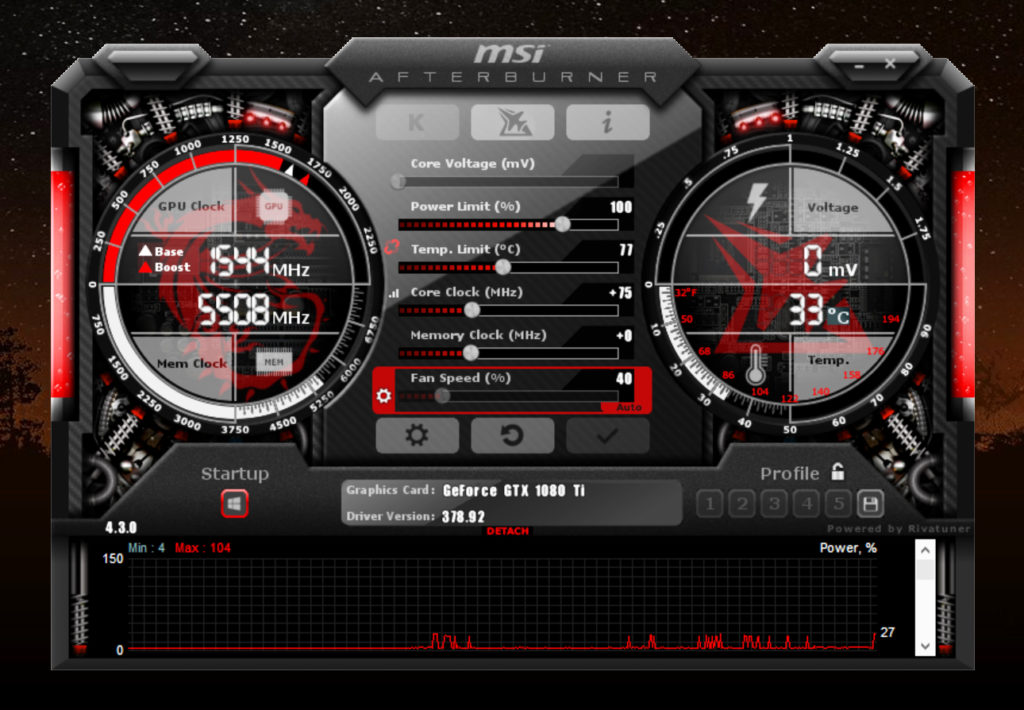


When using links on our site to make a purchase, we may earn an affiliate commission. +600 MHz caused decreased performance and stability, while stepping down to +450 MHz allowed me to continue to increase the Core Clock.Gaming PC Builder is reader-supported.

For my GPU, this was around +500 MHz (7500 MHz actual). Eventually, increasing Memory Clock will start to negatively effect your CPU Clock, stability, and game performance.Step clocks back down, retest and make sure it’s stable. If you increase Core Clock and Memory Clock in small increments and test thoroughly between each setting, you will likely end up crashing the benchmark or blue screening at some point. Increase Core and Memory Clocks by a small margin (something like +20/+50) and test again.Every card is different, so they are irrelevant. Use online research to determine what other GPUs of the same model are able to achieve.ĭo not reference the Core clock or Memory Clock offset numbers from other users.Since we’re not increasing the voltage, it’s extremely unlikely to damage the card with this overclocking method.

This guide will aim to lower this percentage. A higher percentage indicates a GPU bottleneck, a lower percentage indicates a CPU bottleneck.


 0 kommentar(er)
0 kommentar(er)
